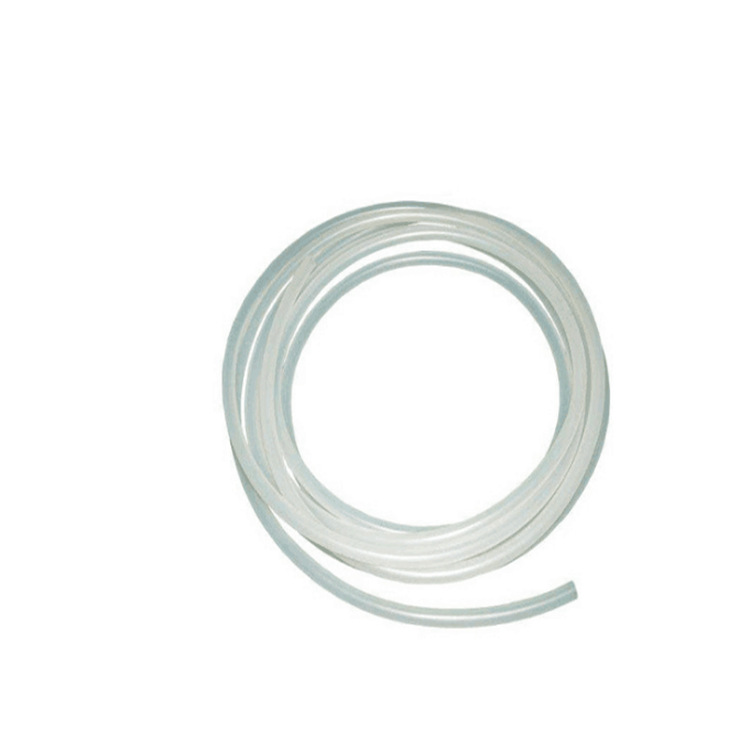Reasons and solutions for silicone tubes yellowing after using for a period of time
Silicone tubes can be widely used in aviation, electronics, petroleum, chemical industry, machinery, electrical appliances, medical, oven, food, and so on. In the process of using the silicone tube, we have often encountered such a problem that the silicone tube turns yellow after using for a period of time. How to solve it?
The main reason for this problem is that the silicone tube will react with oxygen in the air or other contact materials while using, and slowly aged. This process is unavoidable, and the quality requirements can only be improved during the production process to delay or change its aging and yellowing time.
Improvement measures in the production process of silicone tubes:
- After the second-stage of vulcanization (improving the ventilation conditions of the second-stage vulcanization)
- Excessive amount of 2,4-dichlorobenzoyl peroxide added (reduce the amount of 2,4-dichlorobenzoyl peroxide)
- The tubes without secondary vulcanization are stored in airtight containers.
- Low quality of 2,4-dichlorobenzoyl peroxide (change to a higher quality)
- Silicone has poor anti-yellowing (change to good anti-yellowing)
Improvement measures while using silicone tubes:
Using dry dehumidifiers in daily life can effectively prevent corrosion, mildew, corruption, and fog condensation. Silicone tubing is a form of porous silica particles that is inert, non-toxic, non-flammable, safe to use, and protects sensitive materials such as food, medicine, and so on. Most damage to stored valuables and supplies is caused by humidity and the storage container itself. Humidity in the space turns into condensation and this often causes irreparable damage. Silicone tube products will help eliminate rust, corrosion, oxidation and discoloration of tools for coin collecting, silverware, jewelry, musical instruments and many more. In addition, silicone tubes can be used for seasonal protective storage of collectibles, clothing, leather, and avoid mildew, fungus, mold and odor situations.
The service life of silicone tubes:
The service life of silicone tubes has always been a concern for us. The first thing to do is to understand the basic physical and chemical properties of silicone products. Silicone is a new type of polymer material with excellent high temperature resistance (250-300℃) and low temperature resistance (-40-60℃), good physiological stability, and can withstand repeated harsh and sterilizing conditions with excellent resilience and small permanent deformation (200℃ in 48 hours with no more than 50%). Silicone tubes have the characteristics of ozone resistance, ultraviolet resistance, radiation resistance and so on.
Reasons for the aging of silicone tubes: mainly oxygen, oxides, ozone, heat, light, radiation, mechanical fatigue, deficiency of processing, and so on. The chemical activity of ozone is strong, which increases the damage of silicone tubes that it will break the molecular chain, and the ozone mainly acts on the deformed silicone rubber to produce the phenomenon of ozone cracking. Oxidation is also an aspect of silicone aging. Oxygen in the rubber has the effect of aging with the silicone molecules. While the molecular chain is broken, it causes changes in the properties of the silicone. In addition, long-term exposure of silicone to sunlight, humidity, rain or soaking in water will accelerate the aging of silicone tubing. These factors seriously affect the service life of the silicone tubes.
Silicone tubes have a longer aging resistance than rubber tubes, which is the reason of most industrial rubber tubes are gradually switching to silicone tubes. Under normal temperature conditions, the service life of silicone tubing can reach more than ten years.


